The top Ten Selling Drugs in the world have a market share of 9.6% or US$ 63 Billion. The total pharmaceutical market for all these drugs is about US$ 663.5 Billion. The figures exclude countries with un-audited markets, and Russia, Ukraine and Belarus.
The Brand names are listed first followed by drug generic names in brackets.
All these are sales figures from the year 2007.
- Lipitor (Atorvastatin) - is a drug from Pfizer and has a US$ 13.5 billion market worldwide.
Atorvastatin is a statin i.e it is a cholesterol-lowering drug. It is used to lower LDL cholesterol and triglyceride levels and reduce the risk of heart attacks or angina in patients with increased risk such as those who have hypertension, are 55 years or older, smoker, or those with family history of early coronary heart disease.
One in 5 adults in developed countries have high cholesterol and only about 20% of it comes from the foods we eat whereas the rest 80% is produced by our body.
- Plavix (Clopidogrel) is a drug marketed in nearly 110 countries by Bristol-Myers Squibb and Sanofi-Aventis and has sales of US$ 7.3 billion.
Clopidogrel inhibits blood clots in arteries such as coronary, carotid and peripheral arteries of the limbs and prevents ischemia.
It is also used to prevent thrombosis in arterio-venous fistula in patients with chronic kidney failure.
- Nexium (Esomeprazole) is a drug from AstraZeneca with sales of US$ 7.27 Billion in 2007.
Esomeprazole is a proton pump inhibitor which is used in the treatment of dyspepsia, peptic ulcer disease, gastroesophageal reflux disease.
Esomeprazole is a proton pump inhibitor which reduces gastric acid secretion through inhibition of gastric parietal cells by inhibiting H+/K+-ATPase enzyme.
Nexium has helped many people find relief from persistent heartburn. It can also help heal damage to the esophagus that may be caused by acid reflux.
- Seretide/Advair (fluticasone+ salmeterol) - a drug from GlaxoSmithKline with Sales of US$ Billion 7.1 in 2007.
Salmeterol xinafoate is a bronchodilator which relaxes the muscles in the walls of the small air passages in the lungs which helps to open the airways and makes it easier for air to get in and out of the lungs. The effects of salmeterol xinafoate usually last long for at least 12 hours. It should be taken regularly for small air passages to remain open.
- Enbrel (etanercept) is a drug from Amgen and Wyeth with sales of US$ 5.3 Billion in 2007.
Enbrel is a tumor necrosis factor (TNF) blocker. It is widely used in immune diseases such as rheumatoid arthritis, juvenile idiopathic arthritis, ankylosing spondylitis, psoriatic arthritis, and plaque psoriasis where TNF level is high. Enbrel tends to block the TNF and reduce inflammation.
Advertisement
- Zyprexa (olanzapine) is a drug from Eli Lilly with sales of US$ 5.3 Billion.
Olanzapine is an atypical antipsychotic used in the treatment of: schizophrenia, depressive episodes associated with bipolar disorder, acute manic episodes and maintenance treatment in bipolar disorder. Olanzapine was found to be effective for treating the prodromal symptoms, but was associated with significant weight gain.
The olanzapine formulations are manufactured and marketed by the Eli Lilly and Company, whose patent for olanzapine proper expires in 2011.
- Risperdal (risperidone) is a drug from JANSSEN-CILAG with sales of US$ 4.9 Billion.
Risperidone is an antipsychotic used to treat schizophrenia including adolescent schizophrenia, the mixed and manic states associated with bipolar disorder, and irritability in children with autism.
Risperidone was approved by the US -FDA in 1993 for the treatment of schizophrenia.
Risperdal was approved as the only drug agent available for treatment of schizophrenia in youth ages 13–18; it was also approved for treatment of bipolar disorder in youth and children ages 10–18.
- Seroquel (quetiapine) is a drug from Astra Zeneca with Sales of US$ 4.6 Billion.
Quetiapine is an antipsychotic used in the management of schizophrenia and bipolar I disorder, and used off-label for a variety of other purposes, including insomnia and anxiety disorders.
Quetiapine can make cognitive functioning worse in elderly patients with dementia.
AstraZeneca's patent for Seroquel expires in the United States in September 2011, which will allow other companies to manufacture and market quetiapine.
Advertisement
- Singulair (montelukast sodium) a drug from Merck & Co., Inc with Sales of US$ 4.5 Billion.
Montelukast is a leukotriene receptor antagonist used in the treatment of asthma and to relieve symptoms of seasonal allergies. Montelukast blocks the action of leukotriene in the lungs and bronchial tubes by binding to it and reduces the bronchoconstriction otherwise caused by the leukotriene, and results in less inflammation.
Montelukast is found not useful for the treatment of acute asthma attacks. Due to its very specific focus of operation, it does not interact with other allergy medications such as theophylline.
The meaning of Mont in Montelukast stands for Montreal, the place where Merck developed the drug.
- Aranesp (darbepoetin alfa) a drug from Amgen with Sales of US$ 4.4 Billion.
Darbepoetin alfa is a synthetic form of erythropoietin which stimulates erythropoiesis (increases red blood cell levels) and is used to treat anemia, commonly associated with chronic renal failure and cancer chemotherapy.
It is widely used in treatment of anemia in patients with chronic renal failure by intravenous or subcutaneous injection.
It is manufactured by recombinant DNA technology in modified Chinese hamster ovary cells. Darbepoetin alfa increases the risk of cardiovascular problems, including cardiac arrest, seizures, arrhythmia or strokes, hypertension and hypertensive encephalopathy, congestive heart failure, vascular thrombosis or ischemia, myocardial infarction and edema.
Reference:
- IMS MIDAS®, Dec 2007

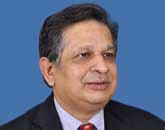


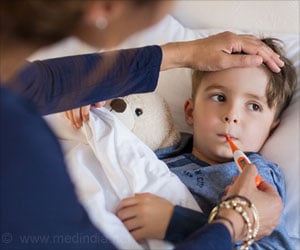
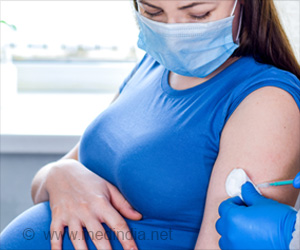

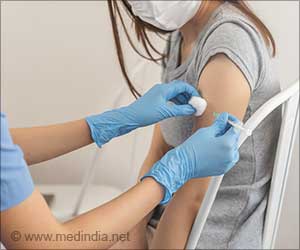

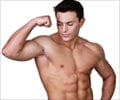

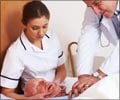
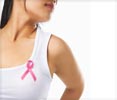


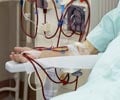

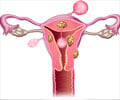
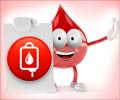

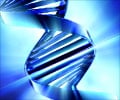
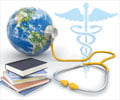




Got some really good stuffs and reliable ones